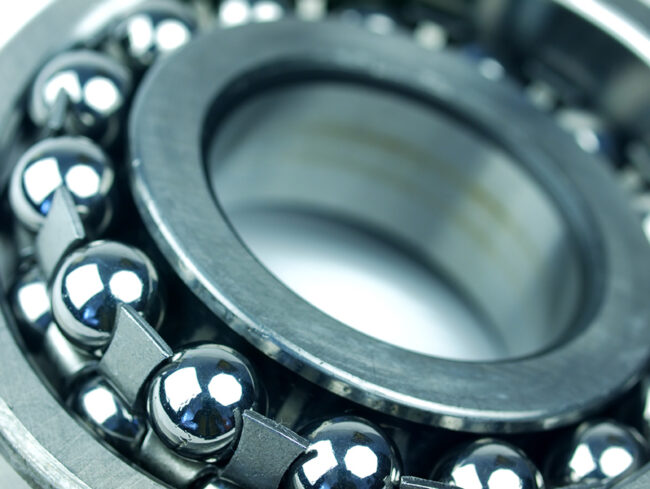Background
It is well known that the heat produced from high electrical resistance typically precedes electrical failures. For this reason, infrared scans are an essential measure for troubleshooting, diagnostics, and preventive maintenance in electrical power distribution applications. In this case study infrared thermography detects failing electrical relays.
Thermal imaging is most often used for inspecting the integrity of electrical systems, because test procedures are non-contact and can be performed quickly with equipment in service. Comparing the thermal signature of a normally operating piece of equipment to the one being evaluated for abnormal conditions, offers an excellent means of troubleshooting.
This case study is from a nutrition facility in Ireland, Europe. The Eastway team have been supporting the on-site maintenance personnel in this plant since 2009 both on-site and for online remote monitoring with the Eastway Safeguard®. Eastway provide remote monitoring, monthly on-site vibration analysis surveys, quarterly ultrasonic leakage surveys, bi-annual steam surveys and bi-annual thermography inspections to this plant.
This nutrition facility has an electrical maintenance crew that we have been working closely with Eastway to find, diagnose and repair any electrical faults during the thermography inspections.
Case Description
During the second thermography survey of 2020 in August, infrared detectes set of 3 failing electrical relays with excessive heat found in excess of 80 degrees Celsius at the D0, Nitro D1 MCC in three relays during the inspection. On visual inspection, smut and smoke residue could be seen on trunking and the relay connections overhead. These relays were controlling the Nitro filter which is essential to the client’s production line. Failure of the Nitro filter would result in complete loss of the batch product.
Recommended Action
Eastway spoke to the maintenance team on the day of the inspection to inform them of the severity of the fault detected. The follow-up action report was issued on Eastway’s report management system within 1 day of the survey. It was recommended to replace all relays for contactors, strip back insulation and remove copper that has been damaged by excessive heat before re-terminating. Cables to be re-terminated in accordance with current electrical standards.
Action Taken
The electrical maintenance team in-house created a plan for the work to be completed. This lead time allowed for each of the three relays to be replaced for contactors with no loss of production to the plant.



Following the same case study, during the electrical thermography survey in February 2022, the relay No. 3 was found to have excessive temperature (58.2 °C). The Eastway team immediately informed the on-site maintenance team of the detected fault, who repaired the equipment before Eastway left the site. The photos below show the condition 30 minutes after corrective works had taken place.






Results
Detecting the fault in advance, enabled timely planning and sufficient lead time to order materials and have the correct tools on location. Thus, in addition to eliminating a significant fire risk and avoiding unplanned downtime, the detection also significantly reduced the man hours to replace the components.
Table 1 illustrates the importance of having predictive maintenance in place to detect failures. In this case infrared thermography detects failing electrical relays allowing corrections to be carried out before costly system failures occur.
Estimated* cost savings associated with avoidance of unplanned downtime, emergency repair costs & secondary damage

Table 1. Estimated cost savings
Next Thermography case study: Thermography Infrared Detects Advanced Electrical Relay Fault at Cement Mill



